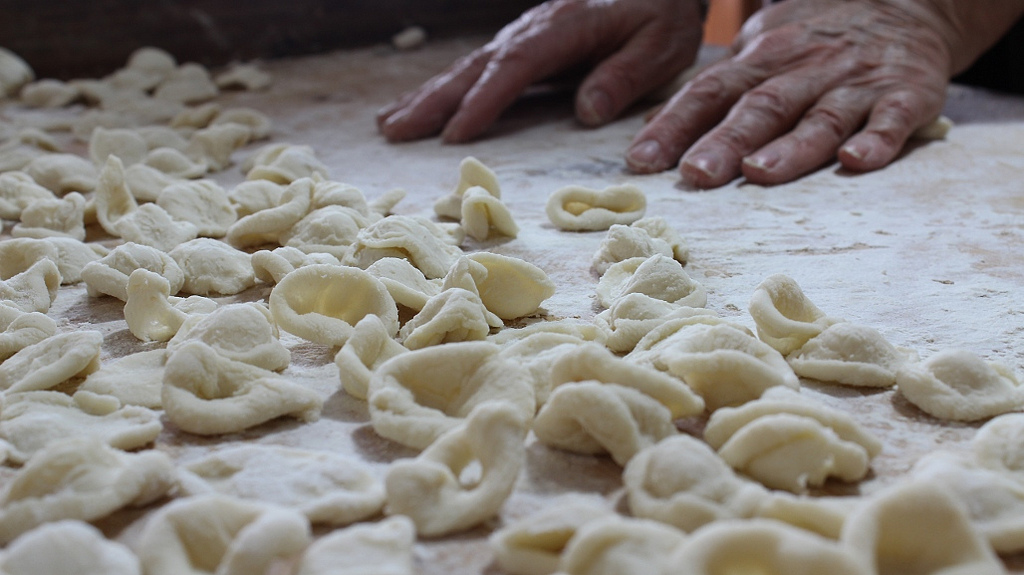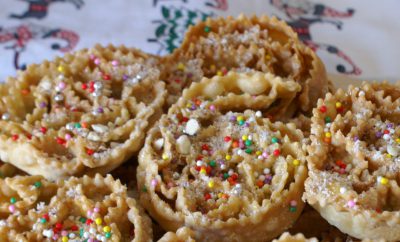For the Love of Apulian Pasta
The streets are filled with the smell of cooking wafting out from under the thin curtains, as the swifts screech past, their wingtips almost touching the ground; tomorrow is Sunday and I’d love to be able to make ragù con le braciole di carne (meat cooked in a thick tomato-based sauce) like the local women do.
There is far more to Puglia’s charm than its enchanting landscapes and artistic heritage – it can also be found in its delicious yet simple cooking. I’m always amazed at some of the dishes from the peasant tradition. The sublime purè di fave con le cicorie (mashed broad beans with braised chicory leaves) combines the bitter aftertaste of the leaf with the velvety substantiality of the puréed beans.
The women balance a wooden pastry board on trestles right outside their houses, on which they form a little mound of durum wheat flour. A deft sleight of hand opens up a crater into which first they pour hot water and a pinch of salt, and then close it up by mixing in the flour with their fingers; these strong-armed women know exactly how much effort to put in to create the right dough for orecchiette pugliesi.
They roll out the dough, passing the time of day gossiping with their neighbours and, as I watch, a rope of dough forms beneath their fingertips and gradually becomes thinner, until it’s ready to be sliced, which is when I can no longer believe my eyes – with a smooth knife in one hand, they press the dough with their thumb, rub it along the pastry board and, as if by magic, out comes a little ear-shaped pasta.
In the short time it’s taken me to tell this story, these housewives have already produced two dozen, never once looking at their expert hands as they chat away.
This orecchiette technique is such a rustic, genuine way of making fresh pasta, so full of a history and tradition that could only have grown up in Puglia.
The next day, once they have dried, the pasta will be cooked and combined with a tasty, dark ragù meat sauce, which is kept simmering for hours from the early hours of the morning.
The beauty of the village streets also lies in this fragrance that fills the Sunday morning air, a sure sign that this key dish in Apulian cuisine is being prepared, ready to be washed down over lunch by a good primitivo wine.
I must look amazed because I can’t understand how they do it. Signora Nina, who I know because she always shows me which Trulli to stay in, sees me staring and smiles back, asking me if I want to learn. She’s always so generous, and invites me to sit down with them so they can show me the kneading technique. I enthusiastically accept, and she can’t help laughing at my clumsy first attempts. I can’t help laughing either and start to enjoy myself.
“Delia, my dear, make sure just to take a pinch of dough and keep the rest wrapped in a cloth”, an older woman says calmly.
When I come back it’ll be to do a, cooking course and I’m also going to learn to make orecchiette con le cime di rape (orecchiette with turnip tops), part and parcel of life in Puglia.
Special thanks to Anthony Green for the translation
Cover picture: “Nonna Raffaela” by Giuseppe Masili – some rights reserved









